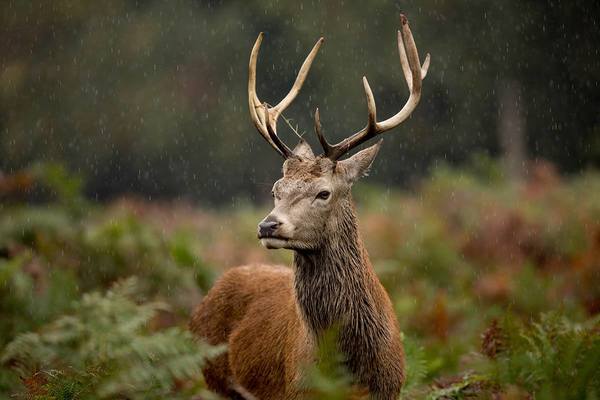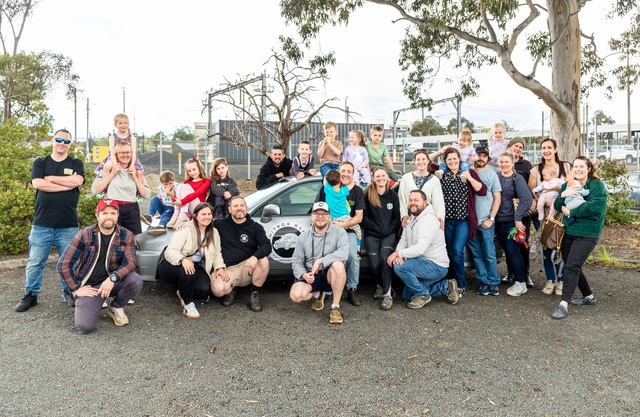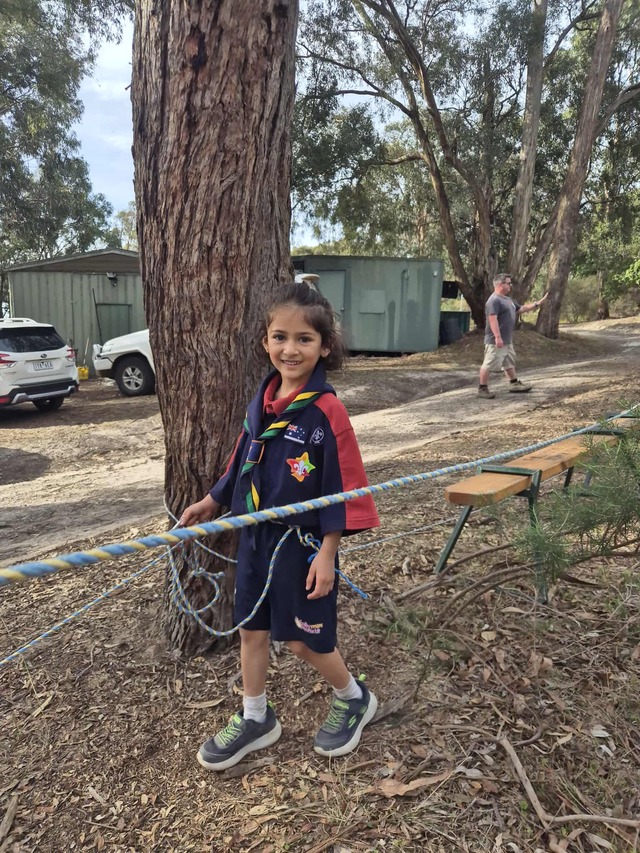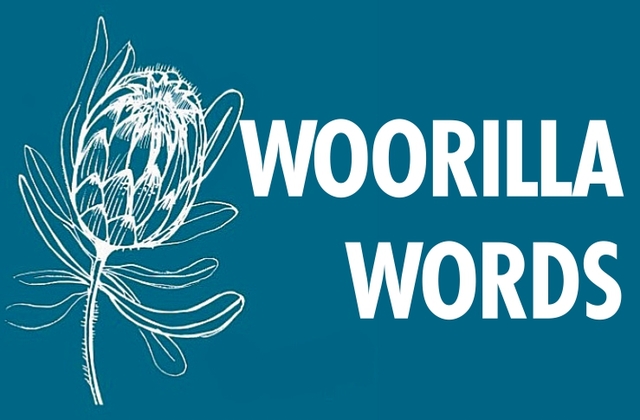An aerial survey conducted to assess numbers of wild deer in Cardinia shire has delivered “very surprising” results.
The Cardinia Deer Management Coalition conducted the survey using thermal imaging from above on 3 and 4 July, with the study unpredictably revealing there are currently 15 deer per square kilometre.
Cardinia Deer Management Coalition member and aerial survey co-ordinator, Johannes Wenzel, said the survey results confirm the coalition’s and the communities concerns about rising deer numbers in peri-urban areas.
“The results show quite high numbers of deer in the area, as expected, or possibly even more than expected. The density of 15 deer per square kilometre is incredibly high for a suburban area,” Mr Wenzel said.
“It also shows how community involvement in deer identification and control can work really well because the Cardinia Deer Management Coalition is just made up of community members who got together to do something about the rising numbers of deer, and it has shown to be really effective,” he said.
The choppers oversaw areas of Emerald, Menzies Creek, South Belgrave, Cockatoo, Dewhurst, Upper Beaconsfield, Harkaway and parts of Officer, Beaconsfield and Berwick during both a morning and evening flight to get a good idea of wild deer numbers.
The thermal imaging surveys were made possible through a $20,000 grant from the federal government to assess the local population of feral deer in the first step towards addressing the issue.
“Using thermal imaging for detection via helicopter showed to be very effective. We will probably see more of it in the future,” Mr Wenzel said.
“We need to know how many deer are around so that control measures can be put into place,” he said.
According to Mr Wenzel, deer cause a number of issues in the local area, including environmental damage, economic damage and also pose a threat to road safety.
“The damage the deer have done to the habitat of local wildlife, such as the lyrebird, is unbelievable. Also to the helmeted honeyeater at Yellingbo. They destroy native vegetation and indirectly affect our native fauna because they destroy their habitat. You also see them on the roads,” he said.
“The state government is in the process of getting the Victorian Deer Controls Strategy into place and have invited us to be a part of the peri-urban regional deer control planning group, which was really exciting.
The National Feral Deer Action Plan is also currently being developed by a national working group, led by Dr Annelise Wiebkin, the National Deer Management Coordinator.
Deer are said to cause damage to Australia’s natural environment and agricultural businesses by trampling plants, grazing, and ring-barking young trees, fouling waterholes, causing soil erosion, spreading weeds and potentially transmitting livestock diseases such as foot-and-mouth disease.
The Cardinia Deer Management Coalition will now discuss the results with Melbourne Water and Parks Victoria and collaborate on an action plan to address the high numbers of feral deer in the shire, given that many of the deer are around water catchment areas and national parks.
“They already have our report and we are now waiting for them to come back and we will get together with the deer control strategy partners to develop some model of control.
“There is no doubt in the coalition’s mind that the problems that exist in our shire also exist in Yarra Ranges and Nillumbik and other eastern suburbs of Melbourne. They most likely have the exact same problems,” Mr Wenzel said.
A new website was also recently launched to support the National Feral Deer Action Plan as a platform for communities to share knowledge in feral deer management.
Minister for Agriculture and Northern Australia David Littleproud said feral deer were becoming a major problem across Australia.
“Feral deer cause significant impacts on agriculture, the environment and are a road safety concern in parts of Australia,” Minister Littleproud said.
“The new website will support the development and delivery of the National Feral Deer Action Plan, raise awareness of feral deer impacts, and provide strategies and tools for managing feral deer.
Feral deer estimated to cost land managers an average of $2,133 per year per property for control activities.
“It provides platform for communities wanting to manage the impacts of feral deer in their local area, and to share knowledge of what is and isn’t working, through videos, podcasts and events. It will also provide access to news articles and updates on research findings,“ Mr Littleproud added.
It is hoped the website will help groups across the country to coordinate their efforts to control feral deer and share knowledge on how to manage impacts.
A Melbourne Water spokesperson said a deer management program is currently in operation at Cardinia Reservoir.
“This program includes both regular monitoring and where required, control activities. It has included working with the Cardinia Deer Management Coalition to provide better understanding of the impact that deer are having on the vegetation along Cardinia Creek,” the spokesperson said.
“We have received the deer survey results from Cardinia Deer Management Coalition and will continue to work with them to incorporate findings into our management plans.








